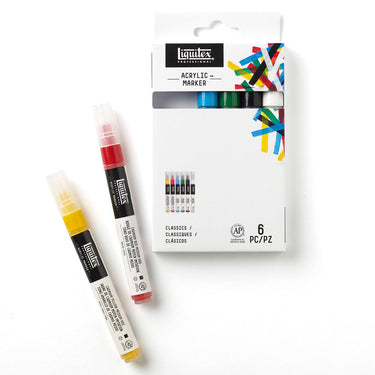Our Burnt Umber acrylics are made with the natural burnt umber pigment and are opaque and lightfastness. Useful for a range of natural looking applications, reach for it when painting shadows, skin and earthy landscapes, portraiture and underpainting. When mixed with white, it gives a range of reddish silvery grays.
HISTORY AND ORIGIN
A pigment with history. Also known as PBr7, burnt umber is a rich dark brown pigment made from natural clays found underground. The origin of its name is a topic of debate. It could derive from the Italian ‘terra d'ombra’ - ‘earth of Umbria’ in English – from the mountainous region in central Italy where the pigment was originally dug up. Or from the Latin root for shadows, ‘umbra’, due to its use in painting shadows.
Umber is one of the first pigments used by humans and dates back to prehistoric times. Check out the ancient cave paintings in the region to see it in action. Originally extracted from northern Italy, the pigment was mined in many parts of Europe including England, France, Germany and later in the USA. Now countries like Cyprus are the main source of natural burnt umber pigment.
DEVELOPING BURNT UMBER
Burnt umber is part of the ‘earth’ pigment family. These all come from naturally occurring minerals containing metal oxides – usually iron oxide and manganese oxide. Ochre, sienna and umber are the main earth pigments, and they cover a wide spectrum of shades. The exact color of each depends on the ratio of metal oxides in the clay. Umber contains 5-20% manganese oxides and hydroxides and a larger percentage of iron oxides. The higher content of manganese oxides compared to ochres gives it its brownish color. The raw pigment changes when fired. When heated, the iron oxides in raw umber dehydrate and partially change to the more reddish hematite. This gives us burnt umber - a warmer, more intense color.
BURNT UMBER IN ART PRACTICE
After its prehistoric beginnings, burnt umber didn’t come into regular use by artists in Europe until the end of the fifteenth century. Giorgio Vasari, the Renaissance painter, reported them as being a new option for the palette in his time. The Baroque period was when umber pigments became really popular. The dark contrast points of the chiaroscuro style of painting relied on their deep, complex intensity. Rembrandt and Caravaggio were both fans - with Rembrandt often using umber as a ground. Vermeer used umber to build subtle shadows that were warmer and more harmonious than those he could create black pigment - see an example of this in The Milkmaid (1650). Interestingly, the first recorded use of burnt umber as a color name in English was in 1650. The Impressionists in the second half of the 19th century wanted something new: Pissarro was said to have banned the "old, dull earth colors" from his palette. Instead they choose to mix their own browns using new synthetic pigments. Burnt umber has remained a core part of the palette to this day although a new synthetic option is available - made with synthetic iron oxide and manganese oxide.
Burnt Umber is available in Heavy Body Acrylic, Soft Body Acrylic, Spray Paint, and Basics Acrylic Color.

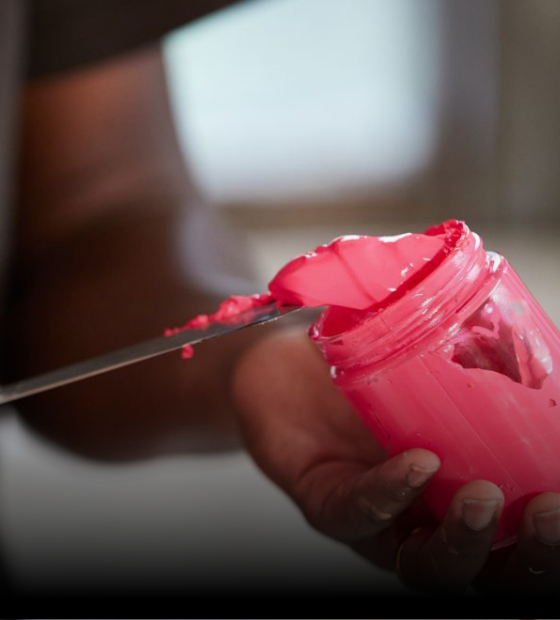
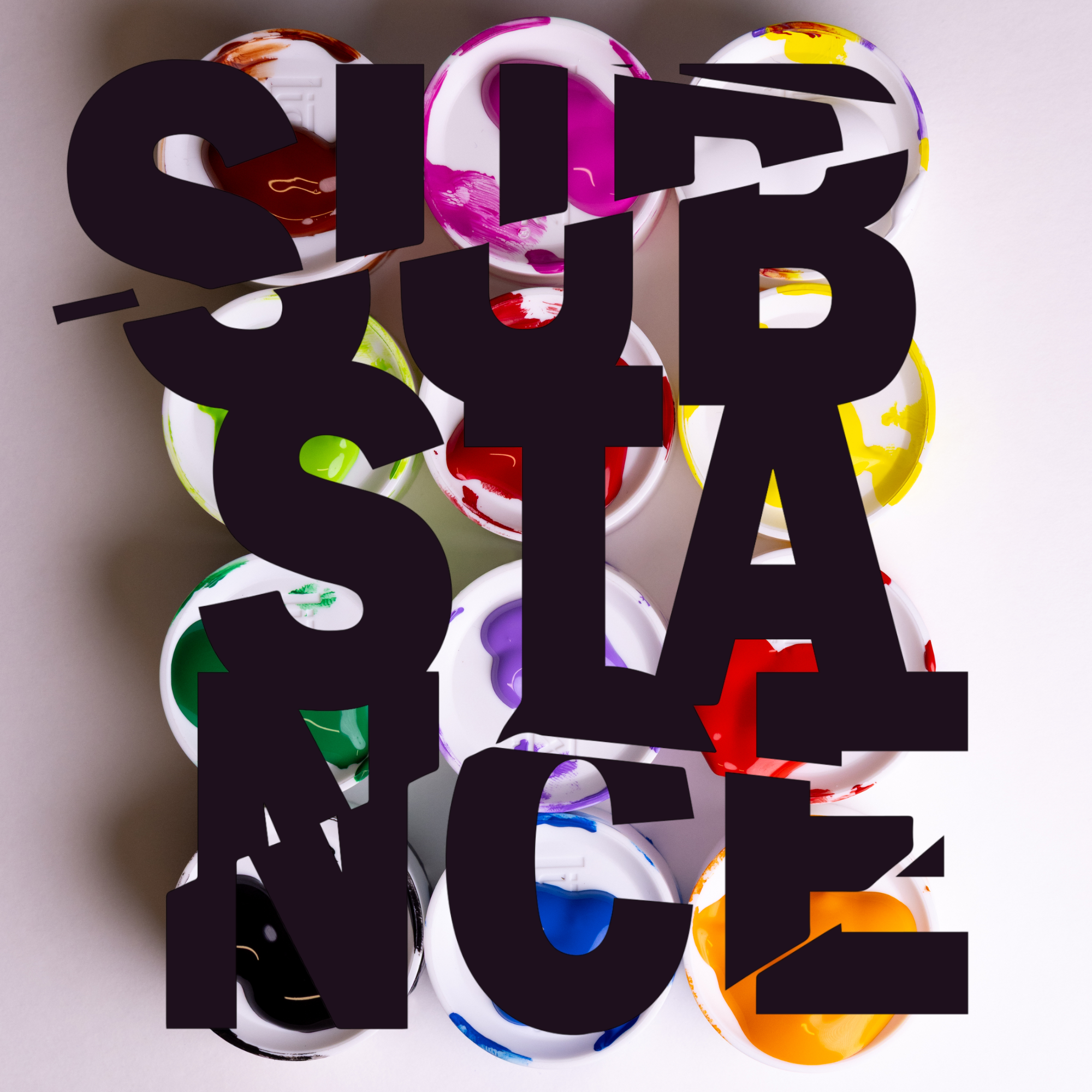
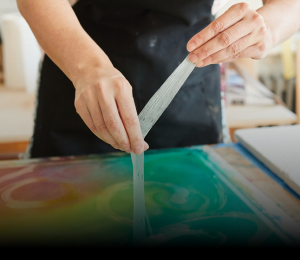
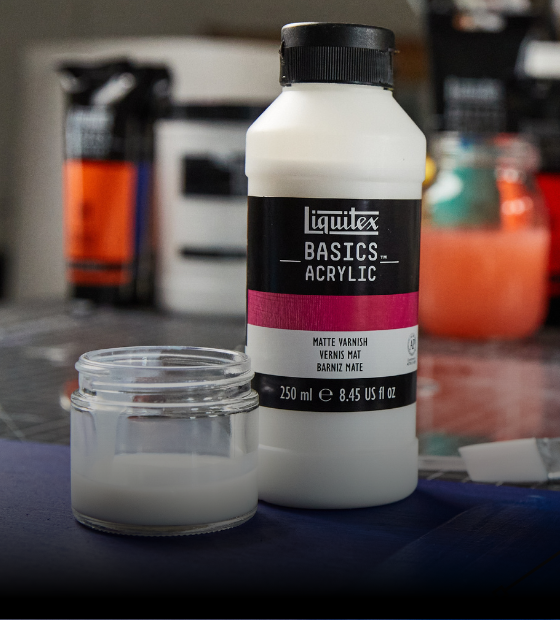
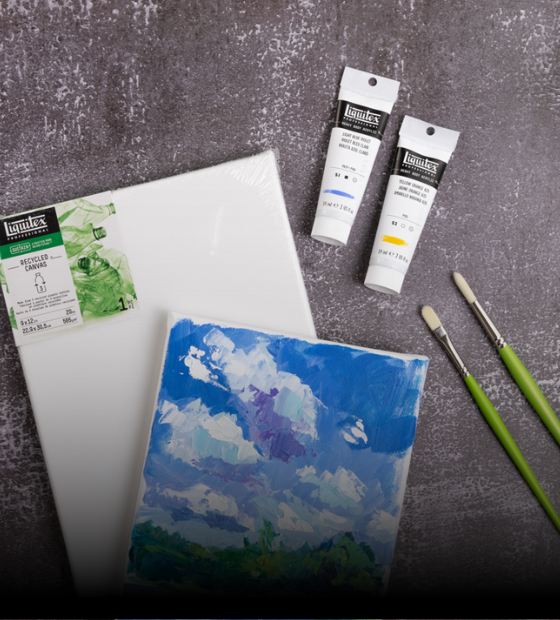

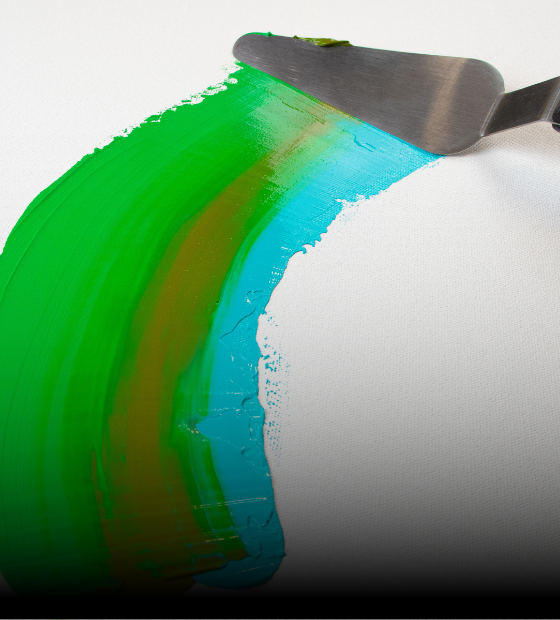
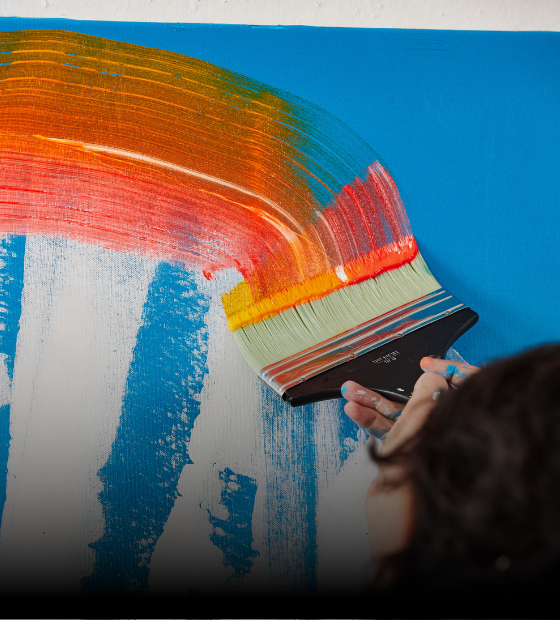
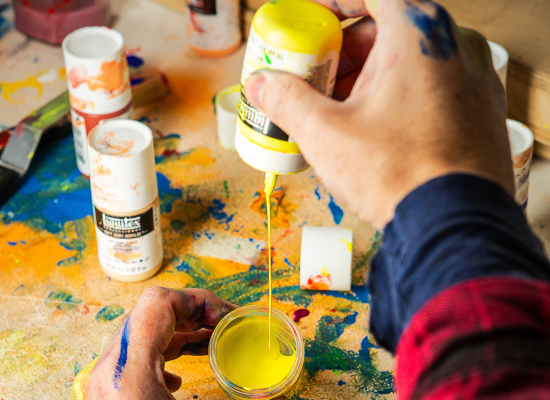
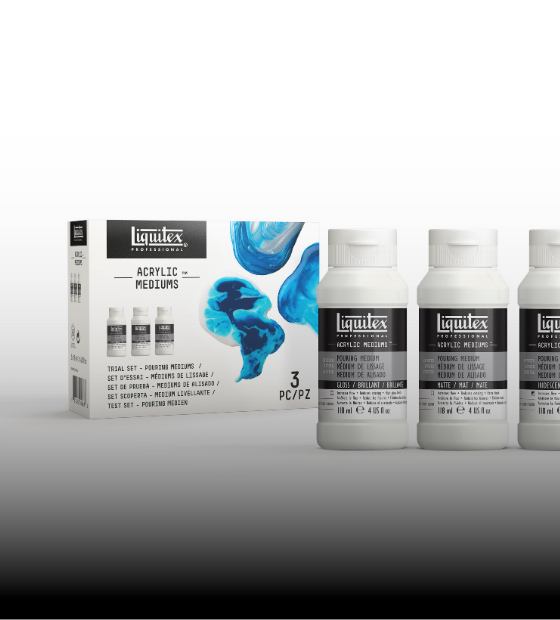
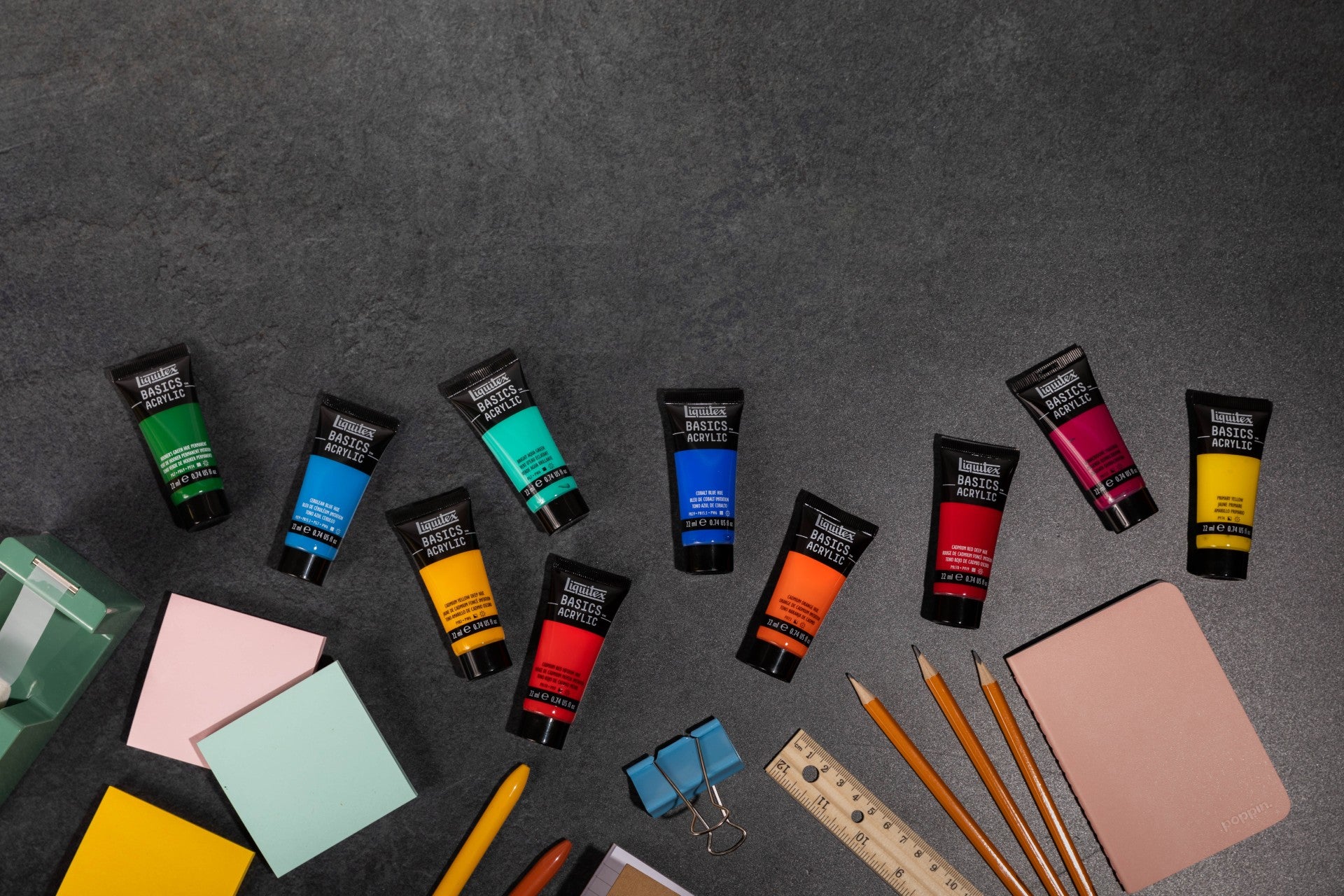
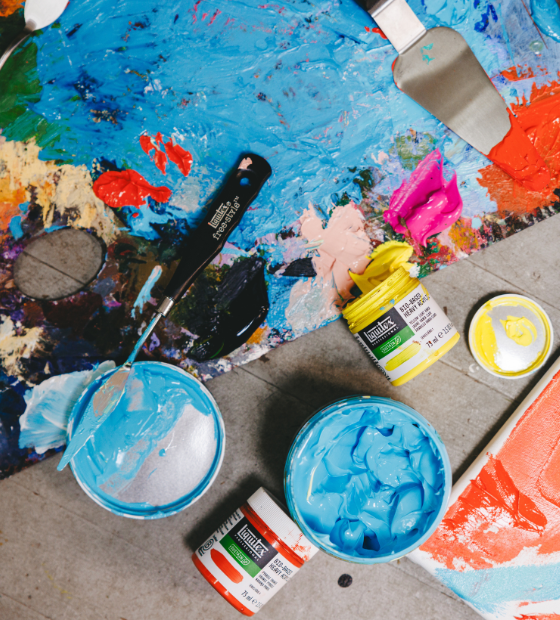


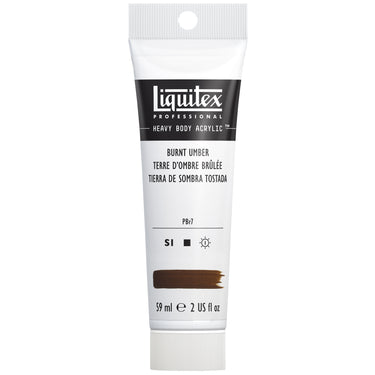
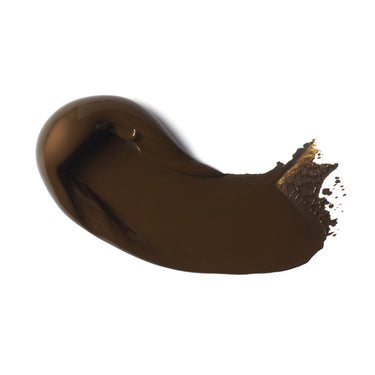

![LQX SOFT BODY ACRYLIC 128 BURNT UMBER [WEBSITE SWATCH]](http://uk.liquitex.com/cdn/shop/files/71834_3c16e10e-c9c2-4bb5-be55-8e7d527adf93_375x375_crop_center.jpg?v=1709305805)

![LQX BASICS ACRYLIC BURNT UMBER [SWATCH]](http://uk.liquitex.com/cdn/shop/files/140818_375x375_crop_center.jpg?v=1733867318)

![LQX ACRYLIC MARKER 128 BURNT UMBER [WEBSITE SWATCH]](http://uk.liquitex.com/cdn/shop/files/71628_b4c4585b-5fb1-47a2-a528-db8b89beee98_375x375_crop_center.jpg?v=1709305194)
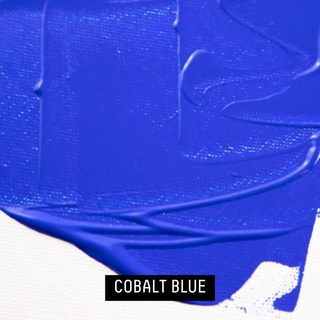
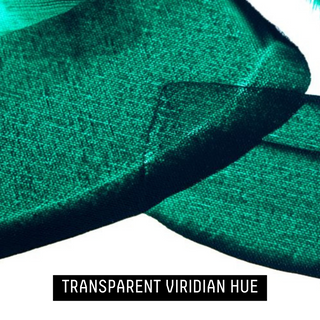
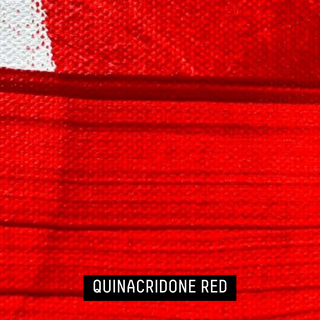
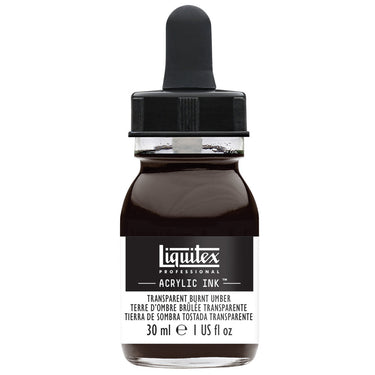
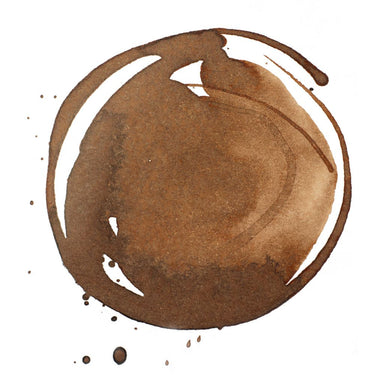
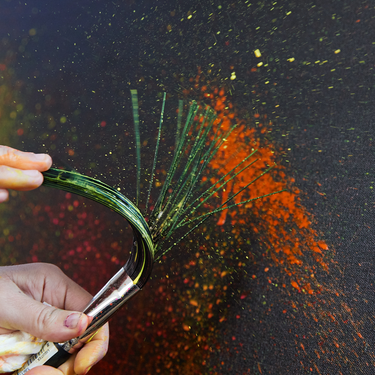
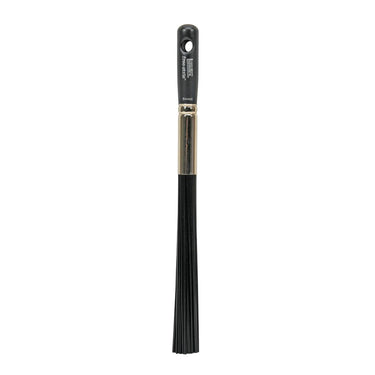
![LQX PRO MEDIUMS MATTE SUPER HEAVY GEL [WEBSITE SWATCH]](http://uk.liquitex.com/cdn/shop/files/72036_2fd2ed76-a56d-4f89-9ca7-1fa69ec8eda3_375x375_crop_center.jpg?v=1762250226)

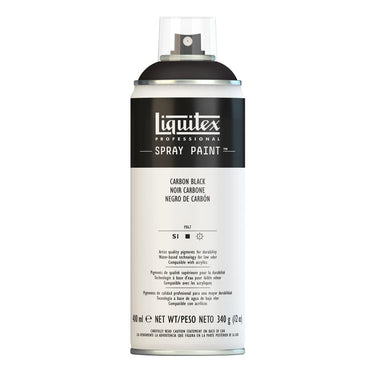


![LQX SOFT BODY ACRYLIC 432 TITANIUM WHITE [WEBSITE SWATCH]](http://uk.liquitex.com/cdn/shop/files/71889_9cee19d1-f2b0-4e93-96ba-15a49cf02af8_375x375_crop_center.jpg?v=1736474413)
![LQX ACRYLIC MARKER SET 6X 2-4MM CLASSICS [CONTENTS] 887452001225](http://uk.liquitex.com/cdn/shop/files/68762_4855e6eb-82d5-4a11-a736-1f41ab15882e_375x375_crop_center.jpg?v=1709305272)
